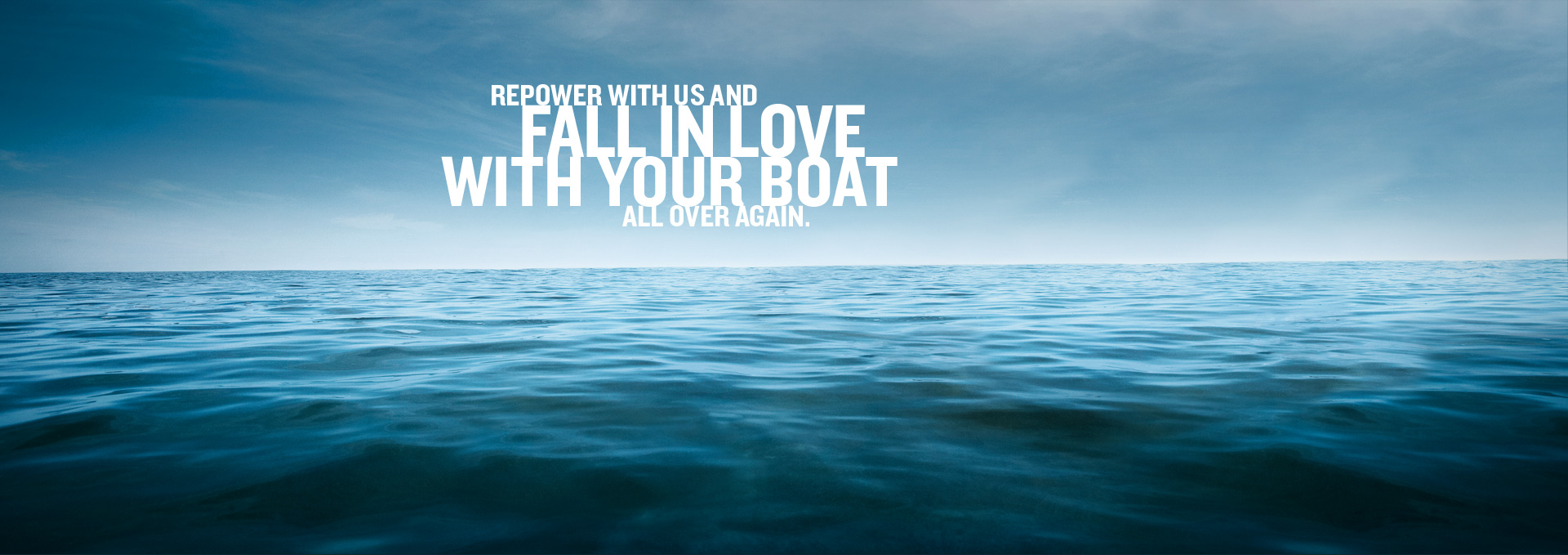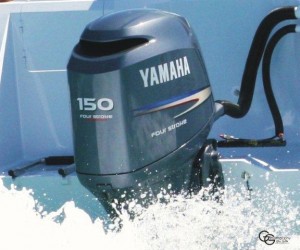Practical Gift Giving
 Have you ever opened a present and said, “Oh, no, you shouldn’t have!” and inside your head thought, “No, really, you shouldn’t have.” I’ve never understood why people give knick-knacks, tchokes, and other random items that will likely never be used. Those items may have been given with love, but they end up wasting space. I much prefer giving and receiving practical gifts.
Have you ever opened a present and said, “Oh, no, you shouldn’t have!” and inside your head thought, “No, really, you shouldn’t have.” I’ve never understood why people give knick-knacks, tchokes, and other random items that will likely never be used. Those items may have been given with love, but they end up wasting space. I much prefer giving and receiving practical gifts.
For example, instead of giving each other subpar $10 gifts this season, by buddies and I decided to go in on bulk motor oil. We all enjoy fishing fall through summer, so this gift will definitely be used. I’ll take this kind of gift over another reindeer tie any day.















